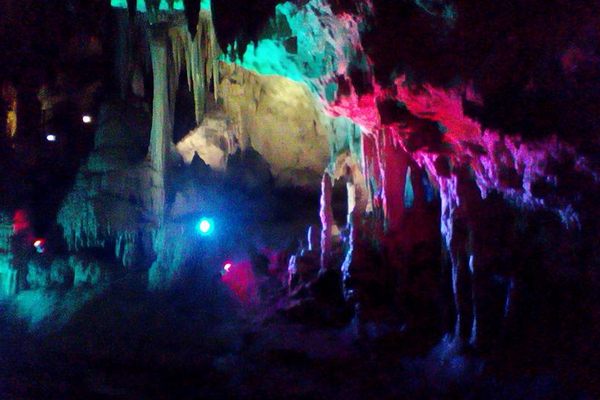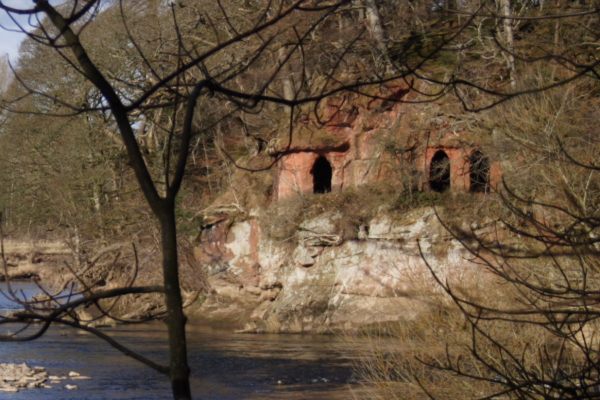Reed Flute Cave
Hidden behind musical flora and forgotten for over a thousand years, this cave is now a neon dream.
Now a popular destination for tourists and fans of lighting design alike, China’s Reed Flute Cave has evidence that the cave was a revered hideaway at least over a thousand years ago even though it was only rediscovered in the 1940s and it is now creatively lit to create a multi-colored subterranean wonderland.
The now-popular cave is named after the copious amounts of reeds that grow at the entrance to the site which are often collected to makes flutes and other small wind instruments; however it was not this harvest that led to the discovery of the cave. It was actually discovered in modern times by a group of refugees who took refuge in the cave while fleeing Japanese forces during World War II. However later explorers of the cave discovered ink writings on the stone that dated back to 792 CE, during the time of the Tang dynasty, proving that pilgrimages to the cave are nothing new.
The interior of the cave is a veritable show gallery of gorgeous geological formations. Created by millennia of water erosion on the soft limestone, the cave features stalactites, stalagmites, and tall columns of stone reaching from floor to ceiling. The walls also consist of rippling, eroded patterns which have dripped into the rock over centuries.
Today the Reed Flute Cave is dramatically lit by countless, multi-colored lights hidden in the cracks and crevices of the space. The effect is almost surreal as the lights turn the otherwise dark space into a strange mix of bright neon colors and rough natural erratics. It is quite the sight, practically ensuring that the cave will not be forgotten for another 1,000 years.















Follow us on Twitter to get the latest on the world's hidden wonders.
Like us on Facebook to get the latest on the world's hidden wonders.
Follow us on Twitter Like us on Facebook